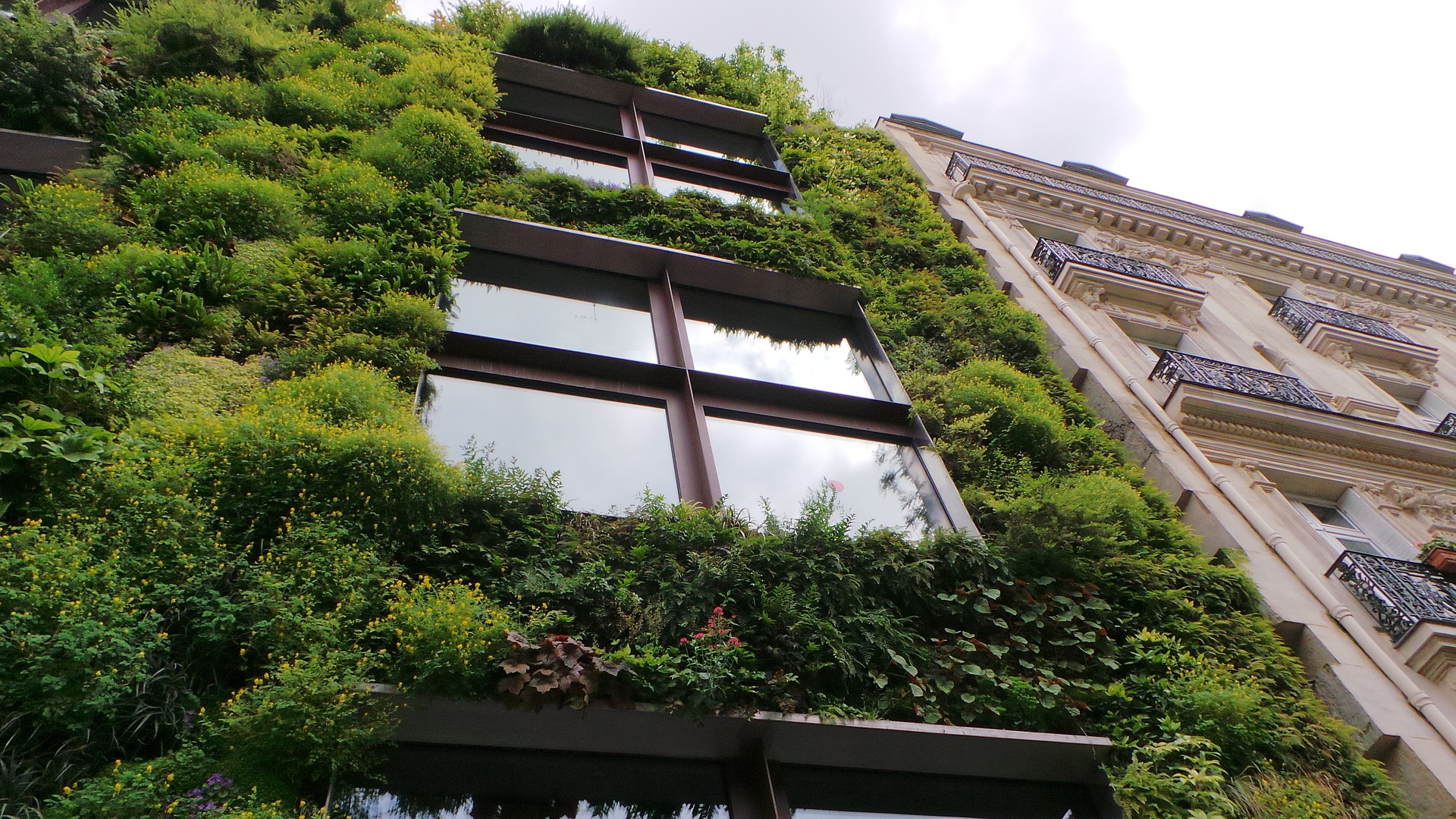The UK has hundreds of thousands of hectares of contaminated land, as part of our legacy of the Industrial Revolution. Much of this is continuing to be reclaimed by way of urban regeneration. Our extensive involvement in urban renewal means we can help assess the potential of a proposed project. We have expertise in every type of survey, from topographical and measured building surveys to underground utilities tracing to all sorts of civil engineering.
Reducing energy consumption drives urban renewal
When it comes to urban renewal, building design is increasingly being driven by the need to incorporate renewable energy sources or more efficient energy consumption. Considering that after industry and agriculture, buildings are the third biggest consumer of fossil fuels, clearly it is vitally important that we embrace as many ways as possible in order to reduce CO2 emissions and our dependency on oil and gas.
The evidence of the growth of the renewable energy sector can be seen all over the country with wind turbines featuring more and more both on- and off-shore. Powers has worked on many projects involving large scale wind farms and solar farms, which are generally found in rural locations. However, in a greener urban setting, wind turbines can also be found on the top of city centre buildings, while electricity can be generated by photovoltaic means on office building roof tops or via windows too. The electricity generated can be used to help meet the energy requirements of the building, from running the computer systems and the lights, to powering the air conditioning.
A workplace with hundreds or even thousands of people needs to be able to keep cool, regardless of the weather. With average temperatures likely to rise due to climate change, the need to maintain energy efficient means of keeping people cool is going to increase. Being too hot can make it hard to work and carries real health risks too. Working in cold conditions can also lead to inefficiency and wellbeing issues. Finding more environmentally friendly ways to create and maintain a pleasant ambient temperature is an ongoing engineering challenge.
Really green buildings
Green roofs and green walls made from living plants help maintain ambient temperatures, meaning less energy needs to be expended on air conditioning in summer and heating in the winter. It can also reduce the ‘heat island’ effect produced by large scale city centre buildings. Constructing an integrated greenery system as a means of greening the urban environment provides many other environmentally friendly benefits. It can absorb carbon dioxide, add insulation, improve air quality and even increase biodiversity, while saving a huge amount of energy at the same time. They can even help preserve the life span of the fabric of the building itself.
Where land is expensive and in short supply in the middle of a city centre, these greening systems can provide mini oases, adding aesthetic appeal and wellbeing benefits for the population too. Automatic irrigation systems with built-in rain sensors and drainage systems mean rainwater can be harvested, maintenance is reduced and water efficiency is increased too. Going forward, green roofs and walls have massive potential to be implemented at a greater scale in highly populated cities around the world. At Powers, we can assist with providing the measurements needed to install your green living wall.
A modular solution
As with many other building applications, green roofs and walls can now be modular, rather than being assembled in-situ. The modules can be placed on a frame, which is fastened onto the building surface. Pipes for watering and drainage are interconnected between the modules and can be concealed within or behind the frame. This modular approach means installation is quicker, design can be more flexible and ongoing maintenance is easier too, although, as with all modular designs, absolute accuracy is more important than ever.
We are committed to sustainable practices at every level of the organisation, through our environmental ISO 14001:2015 standard. In addition, as a business we are conscious of the Air Quality Management Areas (AQMA) where we work and take active measures to mitigate our environmental impact, including investment in electric vehicles.
Whether your green project involves redevelopment or you are embarking on an entirely new construction project, get in touch with us to see how we can help you deliver it.








